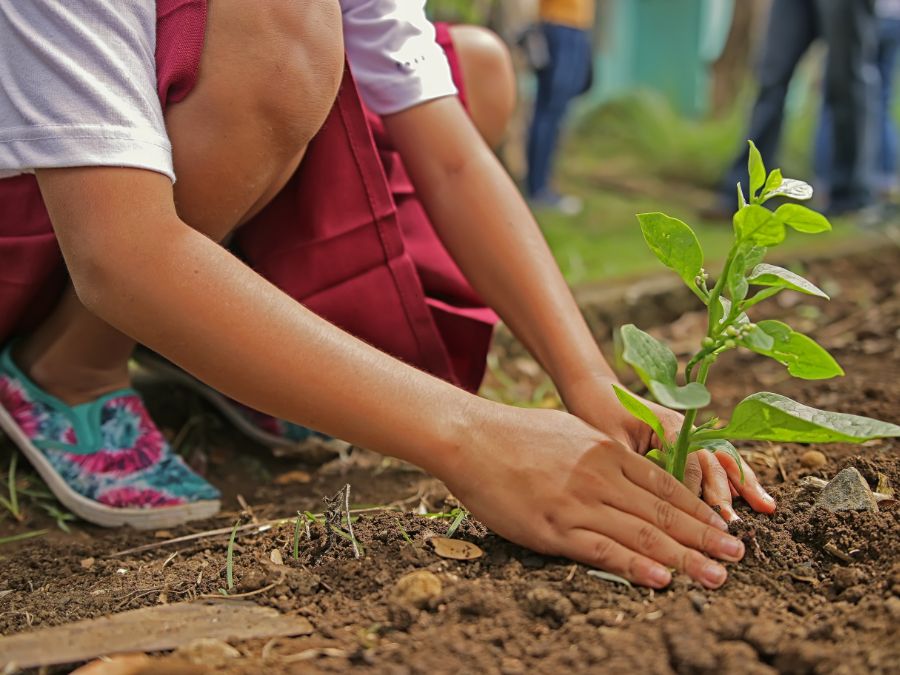We’re here to guide you towards greener thumbprints. As indoor gardeners, we’re always seeking ways to better our practices. Let’s dive into sustainable gardening, explore eco-friendly plants, discuss green nutrition, and unveil secrets of water conservation.
We’ll also cover recycling and composting for plants. With us, you’ll learn to care for your indoor plants in the most eco-friendly way. Let’s embark on this green journey together.

Understanding Sustainable Gardening
In our quest for a greener planet, it’s crucial we understand that sustainable gardening involves more than just a few eco-friendly practices. We’re not just talking about reducing pesticide use or recycling plant pots. It’s a holistic approach that considers every aspect of the garden ecosystem.
We’re talking about choosing plants that are suitable for our climate to reduce water usage. We’re considering composting kitchen waste to enrich the soil naturally. We’re thinking about ways to attract beneficial insects to our gardens.
Sustainable gardening is all about maintaining a balance with nature. It’s about creating a space that isn’t just beautiful but also contributes positively to our environment. We’re all in this together, and every little step counts.
Choosing Eco-Friendly Plant Varieties
Selecting eco-friendly plant varieties is our next step towards practicing sustainable indoor gardening. We need to choose plants that require less water and thrive in indoor conditions. Succulents and cacti are great options as they’re drought-resistant and adapt well to room temperatures.
We also need to consider the plant’s origin. Opting for local plants reduces the carbon footprint associated with long-distance transportation. We’ve also found that native plants are better adapted to local conditions, reducing the need for synthetic fertilizers or pesticides.
Lastly, we should consider the plant’s overall environmental impact. Some plants, like spider plants and peace lilies, are known for their air-purifying abilities, making them a great eco-friendly addition to our indoor garden.
Green Alternatives for Plant Nutrition
Moving on to nourishing our plants, we’re prioritizing green alternatives that promote healthy growth without harming the environment. We’re swapping synthetic fertilizers for organic compost, rich in essential nutrients, and boosting soil health naturally. By using kitchen scraps, we’re reducing waste and creating a nutrient-dense compost.
We’re also considering worm composting or vermiculture, a sustainable method that produces highly beneficial worm castings. Moreover, we’re exploring plant-based fertilizers, like alfalfa meal or seaweed extracts, and animal-based ones, including bone meal or fish emulsion.
We’re even making our own organic liquid feeds from nettles or comfrey leaves. We’re convinced that these eco-friendly solutions not only nourish our plants but also contribute to a healthier planet. It’s a win-win situation.

Water Conservation in Indoor Gardening
Next, we’re tackling the vital issue of water conservation in our indoor gardening practices. It’s essential that we’re mindful of our water usage. Overwatering not only wastes this precious resource but can also harm our plants. We can conserve water in numerous ways.
Firstly, we should water our plants only when necessary. Checking the soil’s moisture level helps us determine this. Watering early in the morning or late in the evening reduces evaporation. Choosing plants that require less water also helps. Additionally, collecting rainwater for indoor plants is a sustainable option.
Finally, using a watering can instead of a hose ensures we use only what we need. By adopting these simple measures, we’re making our indoor gardening more sustainable.
Recycling and Composting for Plants
Now, let’s dive into the topic of recycling and composting for our plants, an integral part of sustainable indoor gardening. By reusing old plant matter and kitchen scraps, we can create nutrient-rich compost for our houseplants.
It’s not only cost-effective but also reduces the amount of waste we send to the landfill. Composting is simple.
- Vegetable peels
- Coffee grounds
- Grass clippings
- Brown waste such as dried leaves
- Paper
We’ll then layer these in a compost bin and let nature do its thing. Over time, this waste will decompose into a rich, fertile compost that’ll provide our indoor plants with essential nutrients.
We’ve explored sustainable gardening
And how we can contribute to a green planet right from our homes. By choosing eco-friendly plants, using green alternatives for nutrition, conserving water, and practicing recycling and composting, we’re not just nurturing our indoor garden, but also the environment. It’s a small step, but remember, every bit helps.
Let’s continue to grow our plants responsibly and enjoy the beauty they bring into our lives in an eco-friendly way.






